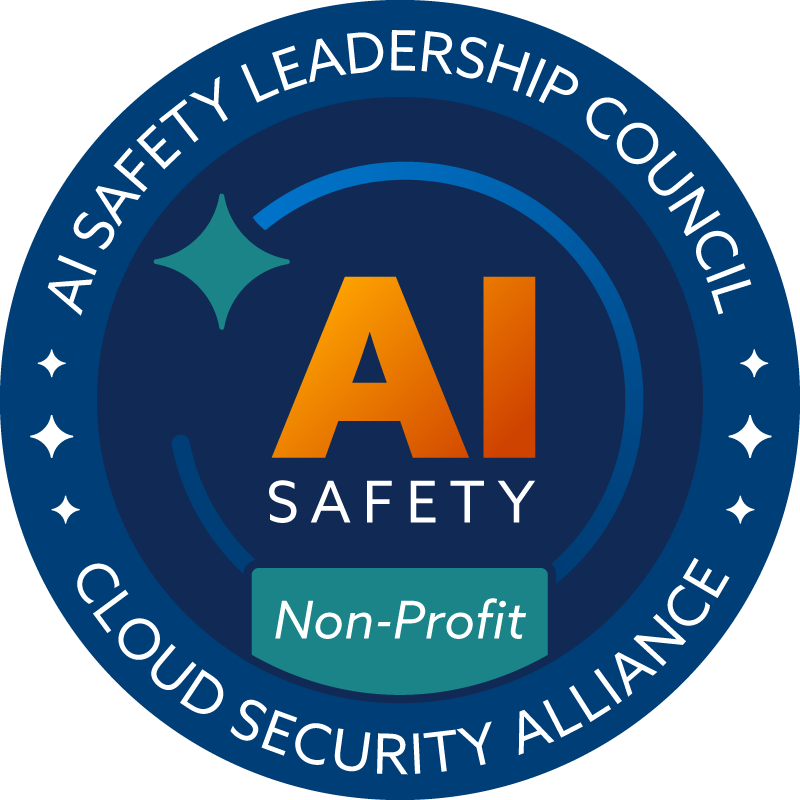AI Safety: The Tug-of-War Between Innovation and Ethical Imperatives

The rapid advancement of artificial intelligence (AI) has ignited a critical debate concerning the balance between technological innovation and the imperative of ensuring AI safety. A recent social media post by "M" succinctly captured this tension, stating, "I think AI safety will be treated like the cure for cancer. Can someone figure it out? Sure. But it’s more lucrative not to." This sentiment highlights a growing concern within the AI community and among policymakers: whether economic incentives might inadvertently hinder the development and implementation of robust AI safety measures.
Significant global efforts are underway to address AI safety. Organizations such as the Center for AI Safety (CAIS), the AI Safety Initiative at Georgia Tech, and the Cloud Security Alliance's AI Safety Initiative are actively engaged in research, developing frameworks, and advocating for responsible AI. These initiatives focus on mitigating risks like bias, privacy breaches, loss of control, and even existential threats, through technical research, ethical guidelines, and robust testing. Governments, including the US, UK, Singapore, and the EU, are also establishing AI safety institutes and regulatory frameworks, such as the EU AI Act and India's AI Safety Institute, to ensure AI is developed and deployed safely.
Despite these concerted efforts, the economic landscape of AI development presents a formidable challenge. The immense costs associated with training advanced AI models, often reaching tens or hundreds of millions of dollars, primarily reside with large technology companies. This financial outlay creates a powerful incentive for rapid deployment and monetization, potentially sidelining comprehensive safety protocols that could slow down market entry or reduce immediate profitability. The competitive "AI race" among nations and corporations further exacerbates this, pushing for speed over thoroughness in some instances.
The tweet's assertion that it might be "more lucrative not to" prioritize safety resonates with concerns that market pressures could lead to a focus on capabilities rather than controls. Experts acknowledge that while AI safety is crucial for long-term societal benefit, the short-term economic gains from quickly deploying powerful AI systems can be a strong motivator. This creates a dilemma where the very entities with the resources to advance AI safety are also under pressure to maximize returns, potentially leading to underinvestment in safeguards.
Addressing this challenge requires a multi-faceted approach, including increased public funding for independent AI safety research, international collaboration on standards and regulations, and fostering a culture within the industry that values ethical development alongside innovation. Initiatives like shared computing resources for academic researchers aim to democratize AI development, allowing more focus on safety without the intense commercial pressures. Ultimately, navigating the future of AI will depend on effectively aligning economic incentives with the paramount goal of ensuring AI systems are safe, trustworthy, and beneficial for humanity.